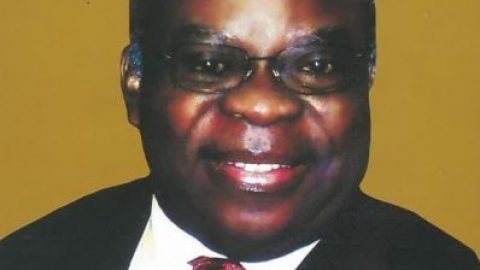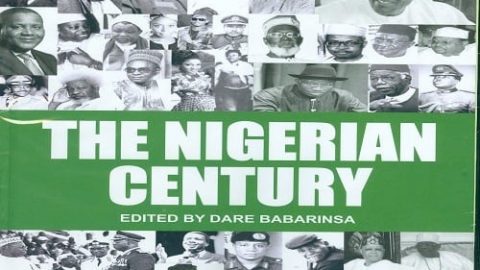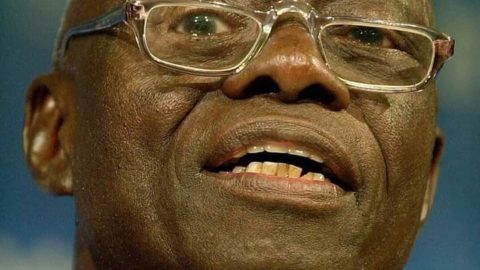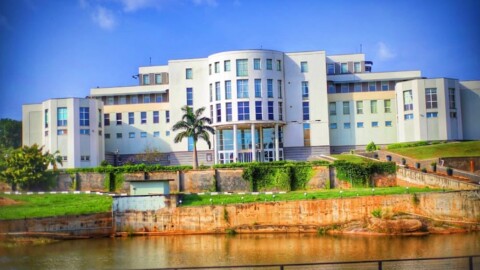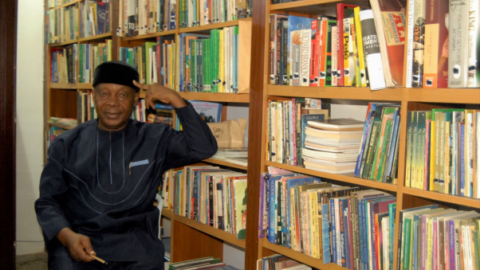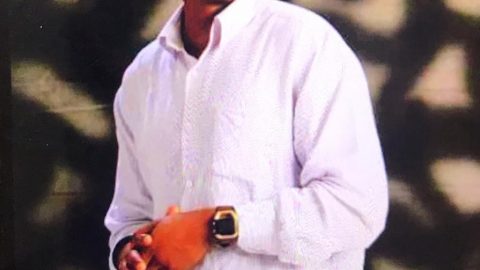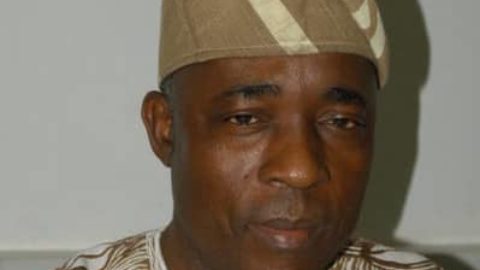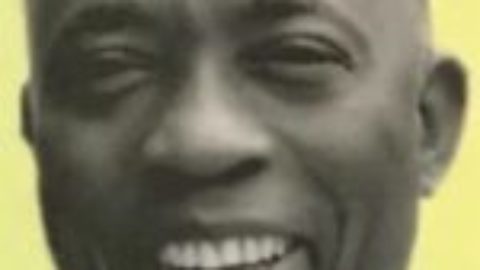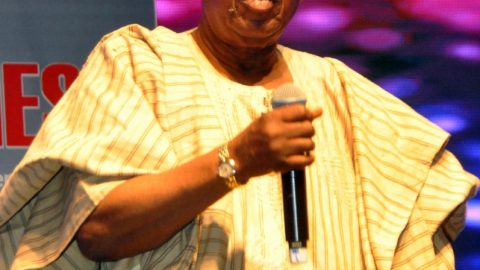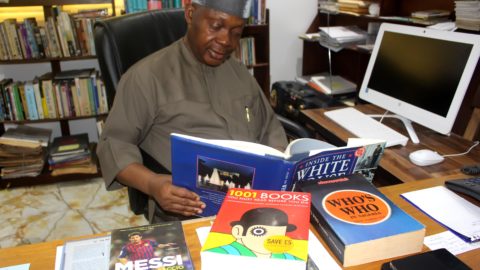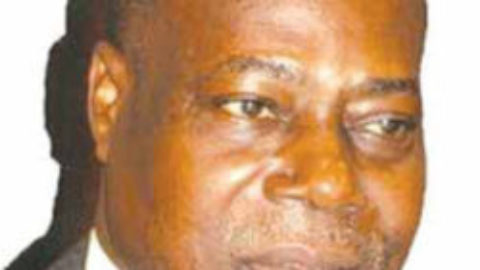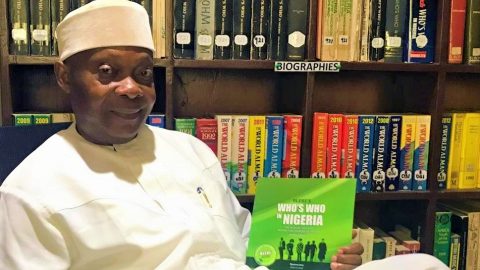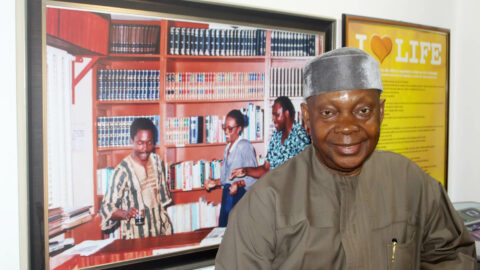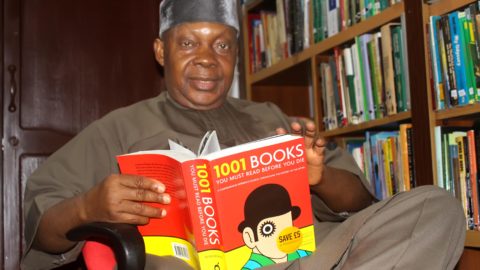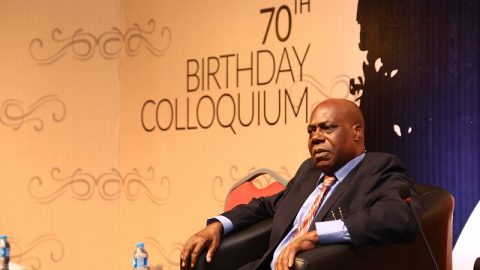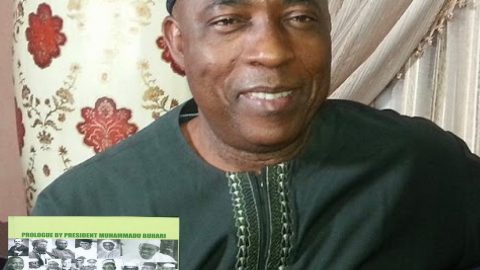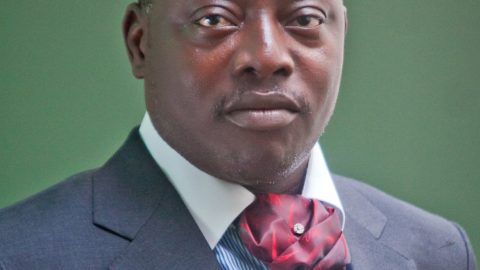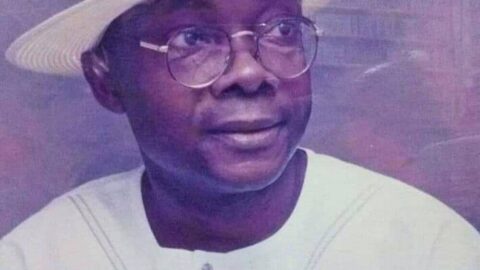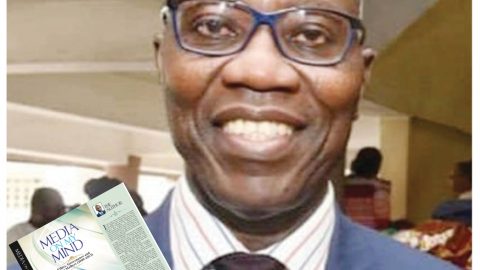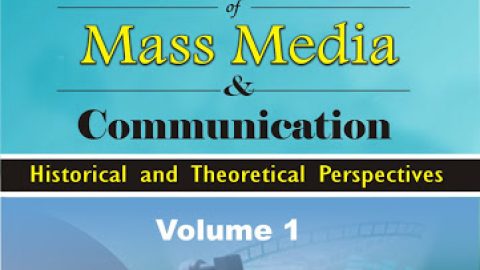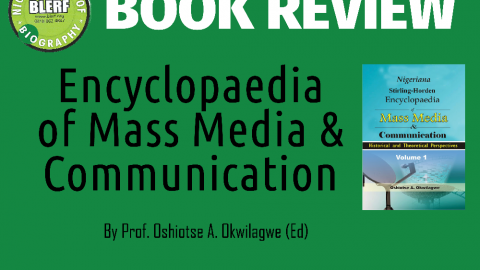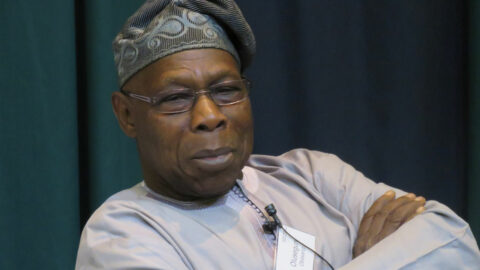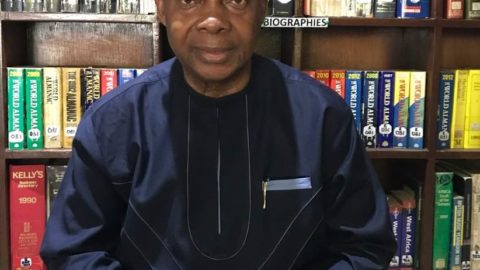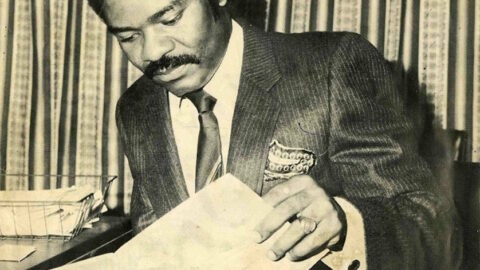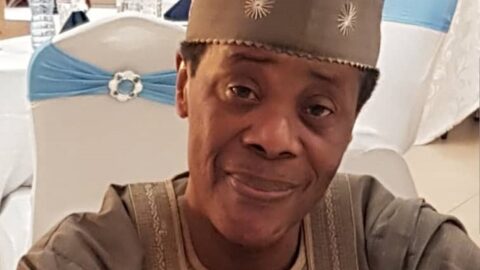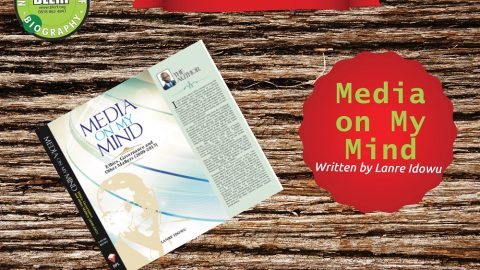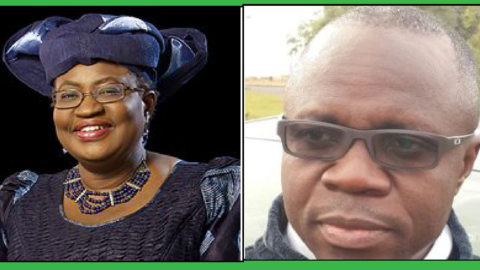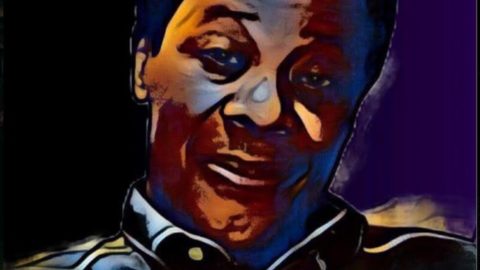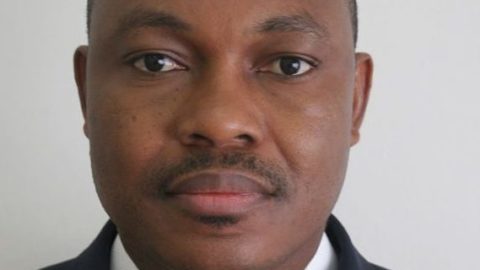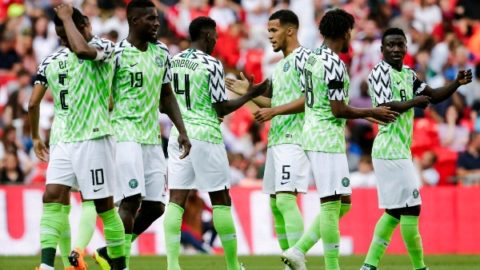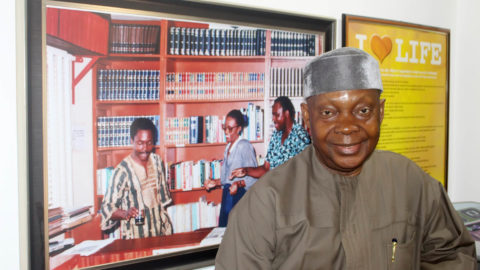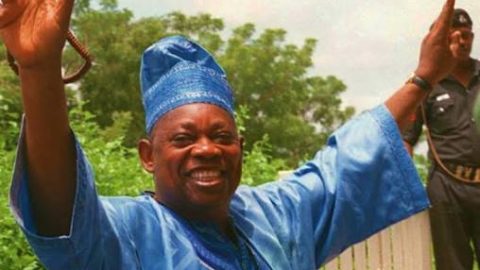by FEMI ADESINA
At the launch of “Newswatch Who’s Who In Nigeria” in 1990, Ray Ekpu, erstwhile editor-in-chief of Newswatch magazine described him as “the two-minute librarian who will give you whatever information you want within two minutes”. Shortly after that event however, Nyaknno Osso, library guru and editor of “Newswatch Who’s Who” was two minutes from death.
He actually saw death but only saved at the last minute by what he calls “divine intervention”. Medical science diagnosed his aliment as “Panic Attack” and “Anxiety Depressive Syndrome” and he shuttled between Nigeria and Europe, receiving medical attention from the best physicians at the best hospitals. No solution. Daily, his health continued to slide deeper and deeper.
“I had not gone on leave for ten years”, Nyaknno reveals, as he begins to talk on his ordeal. “I had almost abandoned my family and all that made sense to me was my job. I wanted to prove it could be done well, and I threw myself totally into the job, sleeping in the office several days a week.”
Coupled with this, Nyaknno smoked “four packets of cigarette a day”, from 1968 till 1988 when he voluntarily stopped, and was also quite ‘adventurous’ with the women folk.
When Newswatch was proscribed by the government in 1987, he made a proposal to the management on compiling a Who’s Who, and he got the go-ahead. By December 1989, the book was ready, and it was launched in January 1990. By then however, 36 years old Osso had worked himself to a state of mental and physical breakdown. But then the actual litany of woes began at the launching of the book, where the then Information Minister, Prince Tony Momoh was the chief launcher.
“I was rather naïve about the launching,” Osso now reflects. “If I wanted it properly launched, I should not have invited Prince Momoh, a lawyer, a journalist and philosopher, to be the chief launcher. I should have invited someone who had money. Tony Momoh not only did not launch the book with money, he discouraged others who were there from doing so. He said they should not launch with money but rather buy copies. He himself bought 25 copies for the Ministry of Information at cost price , and even asked for a discount. The book should have made millions at the launching but not up to N5,000 (five thousand naira) was made.”
The launch debacle triggered off series of other things. Marketing the book was one serious headache since it had to be sold to repay the bank loan that Newswatch had taken to produce it. “It brought a lot of stress on my system,” Nyaknno reveals.
“Everybody endorsed it as a book, unique and authoritative but since money was not raised at the launching, I had to generate enough sales to repay the loan and make profit. I had to run after booksellers to get the returns”.
By August of that year, event came to a head. Osso had driven himself “to a point of no return.” He was on the way to keep an appointment with General Olusegun Obasanjo in Otta one afternoon when something strange began to happen to him. “I could just not think again and I was struggling with myself. So I asked my driver to return to Lagos.”
![]() So began the tortuous journey that saw him spending months on hospital beds both in Nigeria and Europe. “In one hospital, they said my arteries were closing up and had to be opened; that I had to slow down,” Osso, 39 (now 64) and father of three reveals. “I could not sleep well, I could not eat well. From August 1990 to February 1991, I virtually did not close my eyes to sleep. My weight dropped from 70 kilogramme to 49 kilogramme. I’d never been sick before yet I was going down and down daily. And whenever I realised I’m my mother’s only child, and she’s still alive (now late), I became more depressed.”
So began the tortuous journey that saw him spending months on hospital beds both in Nigeria and Europe. “In one hospital, they said my arteries were closing up and had to be opened; that I had to slow down,” Osso, 39 (now 64) and father of three reveals. “I could not sleep well, I could not eat well. From August 1990 to February 1991, I virtually did not close my eyes to sleep. My weight dropped from 70 kilogramme to 49 kilogramme. I’d never been sick before yet I was going down and down daily. And whenever I realised I’m my mother’s only child, and she’s still alive (now late), I became more depressed.”
At a certain stage, Osso got the conviction that his problems were more spiritual than medical, so he struggled out of his hospital bed to go and meet Ray Ekpu.
“My eyes were bloodshot because I’d never closed them to sleep between August 1990 and February 1991,” he says. An alarmed Ekpu then gave him a note to meet a renowned preacher and primate based in Lagos for prayers.
“On the way, my car caught fire twice, because the devil wanted to keep me under bondage,” Osso recounts. But he abandoned the car and hired a taxi and finally traced out the clergyman.
“Immediately he saw me, he said ‘Hello Mr. Who’s Who’. We had never met before but he told me to kneel down and he prayed for me. It was like something came from above and cut off my shackles. I felt the load on my shoulder dissolve and I felt free.”
Osso says later as he was being prayed for again by the general congregation of the man’s church, someone saw a vision in which heaps of office pins began to drop from his eyes till it grew into a mountain. And since then he has no problems with his sleep. Today, to show his gratitude to God, he had become born-again; and is a Pastor of the Redeemed Christian Church of God (RCCG).
You would think Osso, who now has his own outfit called Biographical Legacy and Research Foundation (BLERF), would never have anything to do with biographies again but you are wrong. Presently, he is working on a new WHO’s WHO & WHO WAS WHO IN NIGERIA (Online) covering the last 157 years (1861 -everlasting) of our national heritage.
“I have learnt a whole lot now”, he says. “Newswatch Who’s Who in Nigeria was done manually, under hard circumstances, but now we are computerizing and digitizing it from day one. I have an A-team handling the project, and it will be one of the best things to happen to this country.”
Mr Femi Adesina, the Special Adviser to President Muhammadu Buhari on Media and Publicity and a friend of BLERF, originally wrote this captivating piece for Weekend Concord (19/03/94, p.10) which is hereby edited and updated for our publication with his permission. – Nyaknno Osso, Editor-in-Chief, BLERF’s WHO’s WHO in NIGERIA (Online).
* Do you have an interesting biographical story for BLERF? Please send it to [email protected]


